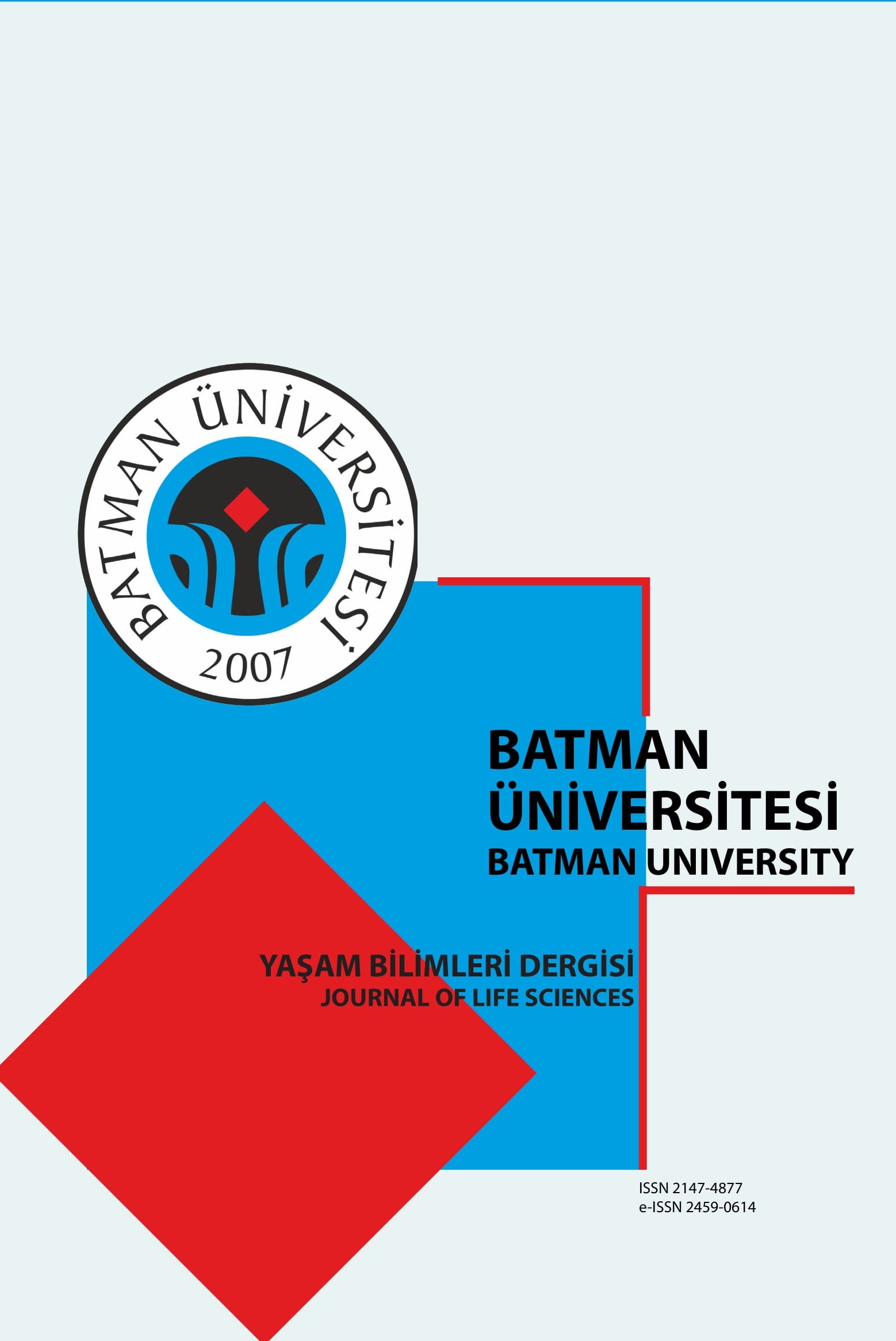Postmodernist Yapısal Eleştiri Bağlamında Orhan Pamuk’un Masumiyet Müzesi Adlı Romanı
Orhan Pamuk’un Masumiyet Müzesi adlı romanı hem bir klasik olmayı hedeflemiş modern bir dönem romanı hem de bir postmodern romandır. Masumiyet Müzesi’nin Postmodernist Yapısal Eleştiri bağlamında çözümlemesi yapılırken “yapısökücü” ve “yeniden yapılandırmacı” yöntemler yansıtmalı olarak birlikte kullanılabilir. Birinci aşamada “metin merkezli” ve “okur/eleştirmen merkezli” okuma, ikinci aşamada ise “biyografik/yazar merkezli” ve “sosyal çevre-dönem merkezli” okuma gerçekleştirilebilir. Bu incelemelerle Orhan Pamuk’un klasik bir eser verirken postmodern geleneği sürdürmesi, aynı zamanda kısmen otobiyografik bir İstanbul romanı oluşturma çabaları ve yazarın dönem-müze-edebiyat sosyolojisi yaklaşımları ortaya konabilir.
The Novel Of Orhan Pamuk Named Masumiyet Müzesi In The Context Of Postmodernist Structural Criticism
Orhan Pamuk’s novel named Masumiyet Müzesi intended being a world classic is a novel both modernist and postmodernist. We can use the reflective methods of deconstruction and reconstruction for reading Masumiyet Müzesi with regard to Postmodernist Structural Criticism. At the first phase we will read the novel in the context of “text and critic/reader centered” approach; at the second grade in the context of “biographical and sociological centered” approach. It will put forward in this study the postmodernist and auto-biographic practices of Orhan Pamuk and his approaches of term-museum-literately sociology at İstanbul centered novel writing.
